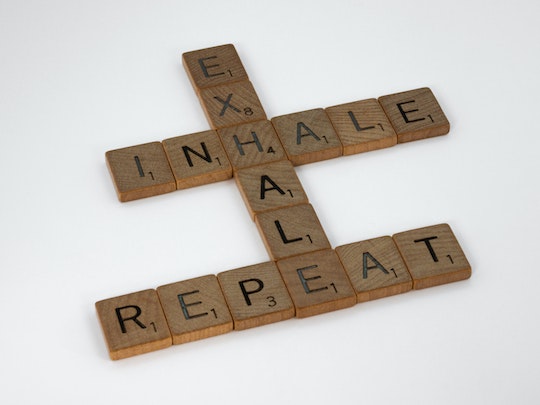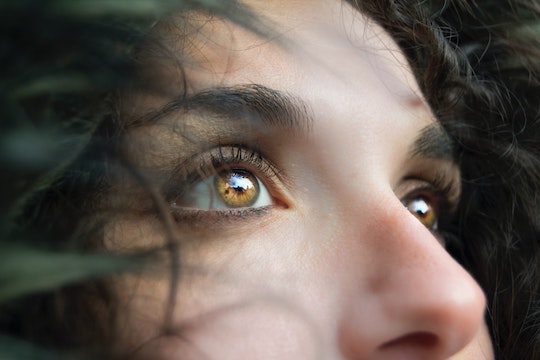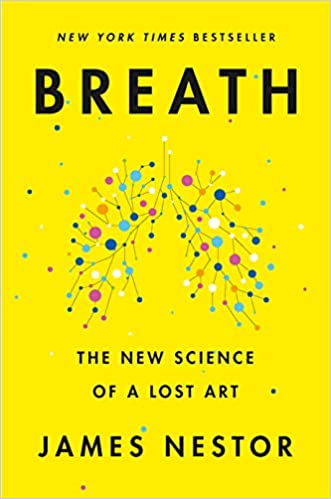“The more comfortable you become in your skin, the less you need to manufacture the world around you for comfort.”
—Cory Muscara, mindfulness advisor & Univ. of Pennsylvania instructor
How many ways can you think of to seek comfort from the world around you? Explore this list and add a few more of your own:
- The foods you eat
- The temperature of your home
- The clothes you wear
- The time saving devices you use
- The job you perform
- The people with whom you associate
- The apps on your computer or phone
- Your focus on entertainment and leisure
EXERCISE:
Experiment with increasing longer blocks of time just sitting in the skin you are in.
Focus on just breathing and notice where your mind goes when you are not going anywhere or doing anything.
What insights can you take from this exercise that could apply to the rest of your day?






